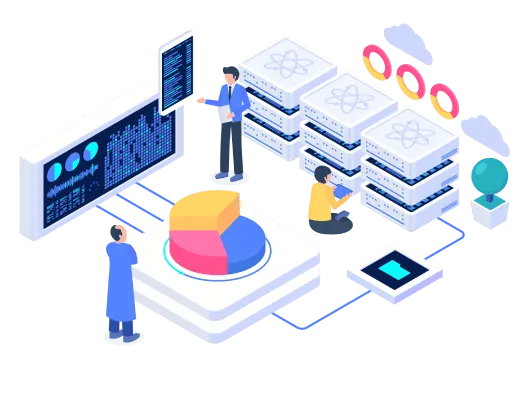Enabling Technologies for IoT
IoT Architecture
IoT system architecture, in its simplistic view, consists of three tiers: Tier 1: Devices, Tier 2: the Edge Gateway, and Tier 3: the Cloud. Devices include networked things, such as the sensors and actuators found in IoT equipment, particularly those that use protocols such as Modbus, Bluetooth, Zigbee, or proprietary protocols, to connect to an Edge Gateway. The Edge Gateway layer consists of sensor data aggregation systems called Edge Gateways that provide functionality, such as pre-processing of the data, securing connectivity to cloud, using systems such as WebSockets, the event hub, and, even in some cases, edge analytics or fog computing.Edge Gateway layer is also required to give a common view of the devices to the upper layers to facilitate in easier management.


The final tier includes the cloud application built for IoT using the microservices architecture, which are usually polyglot and inherently secure in nature using HTTPS/OAuth. It includes various database systems that store sensor data, such as time series databases or asset stores using backend data storage systems (e.g. Cassandra, PostgreSQL). The cloud tier in most cloud-based IoT systems features an event queuing and messaging system that handles communication that transpires in all tiers. Some experts classified the three-tiers in the IoT system as edge, platform, and enterprise and these are connected by proximity network, access network, and service network, respectively.
